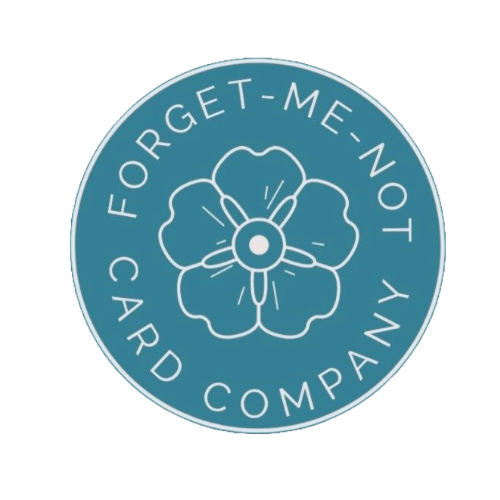Blending With Markers
Good day, fellow crafters. Today I present to you a piece where I am working with blending markers. This process involves seamlessly merging colors that sit next to each other on the color wheel, creating smooth transitions and gradients. The importance of mastering this skill lies in its ability to infuse depth and dimension into your card projects. By understanding how neighboring hues interact and complement each other, you can create captivating designs that have a sense of balance and cohesion. Mastering the art of blending adjacent colors opens up a world of creative possibilities for crafting stunning and visually pleasing greeting cards. I hope you enjoy.
To create the foreground for this card, I first began with some HammerMill white cardstock, Altenew’s Crisp Ink in Permanent Black, as well as their Fresh Freesia stamp set, featured left. I first placed the cardstock in my Misti stamping tool and then aligned the stamp where I wanted it to be. I next inked up the stamp and then with even pressure stamped the image onto the paper. I typically do this twice to ensure that I get a good clean image transfer. Once that was done I aligned my sentiment, also from the Fresh Freesia stamp set, and stamped it as well.
The next step in the process was to add color using my Copic markers. I began with the petals of the flower because it was the most involved part of my design idea. For this card, I used the colors V09, V17, V06, V15, and V12. I started with the deepest shade, V09, and gradually transitioned through V17, V06, V15, and finally to V12. This method helped me create a beautiful gradient effect that mimics the natural color variation found in freesia petals. By laying down the V09 in the areas where shadows would be most pronounced first and then gently feathering in each shade you can will that natural and smooth transition. As I progressed, I layered V06, V15, and V12, allowing each color to blend seamlessly into the next which added depth to the colored flower. I also used the YR24 and Y26 for the stamen inside the flower.
I then moved on to the next stage and added color to the stem and leaves using Copic markers YG99, YG67, YG63, YG03, and YG45 for the stem and leaves of my illustration. I began with the darkest hue, YG99, to emphasize the shadows and depth of the leaves, gradually transitioning to YG67 for a smooth gradient effect. Moving on, I incorporated YG63, YG03, and YG45 to capture the various tones and textures of the leaves, making them appear vibrant and realistic. I then set the background aside to dry completely and moved to the next step.
Carrying on purple as my main color theme I used some purple cardstock that was very similar in color to the markers I had chosen and my Altenew Modern Squares 3D embossing folder, featured right. As I always do with my embossing, I lightly misted the back of my cardstock with water so that the added moisture would allow the paper fibers to bend but not break, which helps prevent tear out. I also generally run it through the die-cut machine twice so that I get the best-defined edges possible. I then trimmed this panel to its final dimensions and adhered it to a pre-cut and folded A2-sized white card base with double-sided tape.
Once the foreground element was dry I used a nested oval die to cut the panel to size and to add visual interest and create contrast, I used a larger oval die to create a black mat. I then adhered the two together with double-sided tape and then the composite was centered onto the background and adhered with double-sided tape as well. Finally, to add a bit of extra appeal I added some purple flat-back pearls from Little Things Regal Collection.






